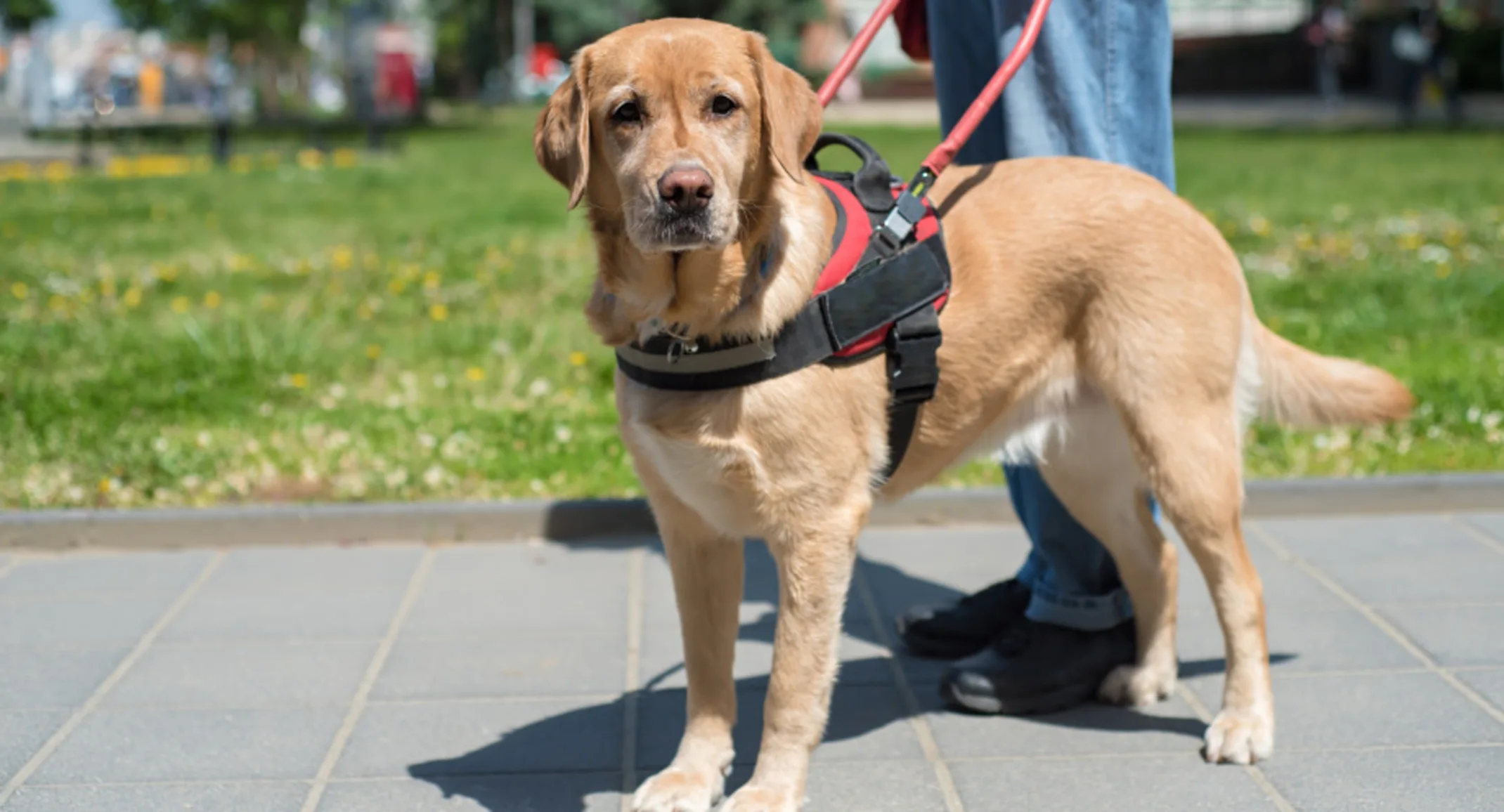Common Signs of Arthritis in Dogs
Senior Pet Health

February 24, 2022
Arthritis, osteoarthritis, or degenerative joint disease is a joint inflammation ailment that affects humans and dogs. It is a disease that causes the deterioration of the cartilage in the joints. The cartilage is a cushion that allows joints to move smoothly. Corrosion of cartilage causes many issues that limit your dog’s life. Some symptoms of the disease in dogs mimic those in humans.
FACTORS CONTRIBUTING TO ARTHRITIS
Your dog cannot let you know that it has arthritis. Telling that your pet is suffering depends on your observation. From this, you can tell that there is something wrong. There are, however, some factors that can contribute to your dog getting arthritis.
These factors include:
Age - Old dogs are not the only ones prone to canine arthritis. Up to 80 percent of dogs might get it by age eight. In some cases, one-year-old dogs can start showing signs of the disease.
Medical history - Problems like knee injuries, hip dysplasia, and ligament injuries can contribute to arthritis.
Breed - Large dog breeds are more prone to arthritis than medium and small ones. These large breeds include shepherds, goldens, and Labradors.
Weight - The more your dog weighs, the more stress it puts on its joints. Keep their optimal weight according to their breed.
SIGNS AND SYMPTOMS OF CANINE ARTHRITIS
Some of the signs of canine arthritis to look for in your pet include:
CHANGING BEHAVIOR
Most dogs in pain will prefer to keep their own company. Their routine may change. You may find them hiding instead of waiting at the door for a walk.
RELUCTANCE TO MOVE
Previous effortless activities can seem difficult to your dog now. They may seem indifferent to you when you come home from your duties. They may start lagging on walks or find it difficult to walk up the stairs. These are signs that your pet may have arthritis.
FATIGUE
Pain is as exhausting to dogs as in humans. They find it hard to move around or play because of the pain. Instead, they may prefer to spend most of their time sleeping or resting.
LAMENESS AND TREMBLING
You may notice that your dog is limping, yet it has no injury. Some of its limbs may look stiff and will have difficulty getting up. You may also witness some trembling during walks or when walking upstairs.
IRRITABILITY
Being in constant pain makes your pet have a short fuse. Your dog may snap or bite whenever you try to pet or touch them. It may seem like they are rejecting your affections, but the truth is that they are in pain.
LICKING, BITING, AND CHEWING
A dog with arthritis will pay attention to painful limbs or joints. They may lick, bite, or chew at certain spots to the extent of plucking out the hair.
MUSCULAR ATROPHY
Decrease use of some muscles over time makes them deteriorate, leading to muscular atrophy. If the disease is in one or more limbs, they may look thinner than others.
If one or more of these symptoms are evident in your dog, visit Tampa Bay K9 Rehabilitation Center at our office in St. Petersburg, Florida. You can also call (727) 677-9500 to book an appointment today.
